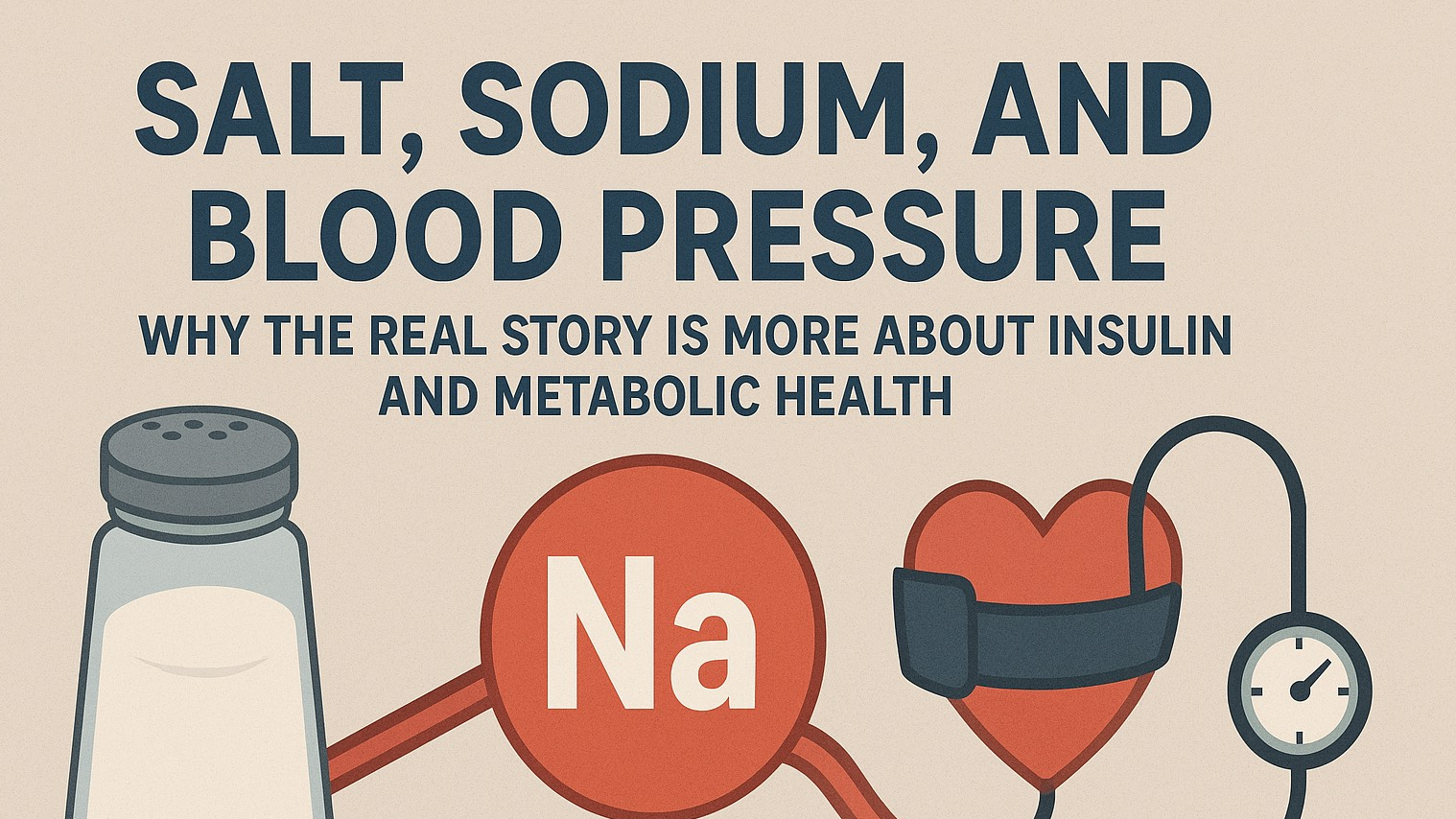
In the pursuit of health, staying active is one of the most powerful tools to ward off disease and increase longevity. For women, prioritizing fitness not only enhances strength and mental well-being but also reduces the risk of numerous chronic diseases, a benefit the World Health Organization has strongly emphasized. With a gym membership, you’re giving yourself a crucial advantage in preventing and managing some of the most common health issues, all while building a consistent and supportive fitness routine.
Reducing Disease Risks: The Science Behind Regular Gym Visits
-
Preventing Major Diseases with Consistent Exercise
Research shows that physical activity can reduce the risk of numerous life-altering diseases. According to global health studies, regular exercise can:Decrease the likelihood of diabetes, as physical activity helps regulate blood sugar.
Lower the risk of heart disease and hypertension by improving cardiovascular health.
Reduce inflammation, which is linked to diseases like cancer, diabetes, and heart disease.
Physical activity has a significant effect on chronic inflammation, which is a primary factor in many diseases. Exercise acts as a natural anti-inflammatory by reducing cellular stress and improving circulation, which supports healthier organ function. The body’s reduction in chronic inflammation is crucial in preventing diseases such as heart disease, diabetes, and certain types of cancer.
Improved Sleep and Immune System Boost
Regular workouts are scientifically proven to improve sleep quality, which is essential for hormone balance, energy levels, and immune system function. A study published in the Journal of Sleep Medicine shows that moderate exercise—done at least three hours before bedtime—can enhance sleep quality and reduce insomnia symptoms. This means better immune function, improved mood, and a sharper focus throughout the day, all of which contribute to a reduced risk of various diseases.Cardiovascular Health and Longevity
Cardiovascular disease remains one of the leading causes of death globally. By making regular exercise part of your lifestyle, you can improve heart function, reduce blood pressure, and prevent arterial blockages. The American Heart Association highlights that a routine of at least 150 minutes of moderate exercise per week can significantly reduce heart disease risk, with gym memberships offering structured environments to achieve and maintain this goal.
Managing Chronic Conditions with Gym-Based Exercise
For women already managing chronic conditions, a gym membership can be especially valuable. Medical professionals often recommend exercise as a key part of treatment plans for chronic issues, including:
Asthma
While it may seem counterintuitive, regular exercise can help manage asthma. When done correctly, physical activity increases lung capacity and can lessen inflammation, potentially reducing the frequency and intensity of asthma attacks. Consulting with a doctor to understand safe exercise practices for asthma can turn gym workouts into an effective management tool.Back Pain and Joint Health
Low-impact exercises, often accessible through gym equipment like elliptical machines and resistance bands, help strengthen muscles surrounding the spine and joints. This support reduces pain and increases mobility, making daily tasks easier and reducing the risk of long-term joint issues.Diabetes Management
Exercise is a proven method for managing blood glucose levels. Strength training and cardio at the gym can improve insulin sensitivity, helping those with Type 2 diabetes keep blood sugar levels in check. Additionally, gym memberships often provide access to staff who can guide safe exercise choices, especially for those managing diabetes.Cancer Recovery and Prevention
Regular exercise has been linked to a lower risk of certain cancers, such as breast, colorectal, and prostate cancers. The American Cancer Society suggests that physical activity is essential for cancer prevention and, for survivors, an effective tool for improving quality of life and reducing recurrence risk.
Health Costs vs. Gym Costs: An Investment Perspective
When thinking about gym membership costs, consider it an investment rather than an expense. Preventing diseases and managing chronic conditions through regular exercise could reduce long-term medical costs associated with hospital visits, medication, and treatments. Here’s a comparison to put things into perspective:
Annual Gym Membership Cost: Many memberships range from $45/month to $200 per month, depending on the gym type and offerings and where you live.
Average Annual Coffee Cost: A daily coffee habit can cost $1,400 to $2,000 annually. By cutting down or reallocating spending, a gym membership becomes manageable.
Health Benefits: Research from the American Medical Association reveals that vigorous exercise (75–150 minutes per week) can reduce mortality rates by 22% to 31%. This is a powerful return on investment for both your health and longevity.
Maximizing Your Gym Membership Value: Tips for Success
To get the most out of a gym membership, use the available resources and support systems:
Engage with Trainers: Trainer-led gyms provide personalized workouts, helping you avoid injury, stay motivated, and meet health goals safely.
Create Consistent Goals: Set weekly goals based on American Heart Association guidelines of 150 minutes of moderate exercise. Track your progress to stay motivated.
Explore All the Benefits: Gyms often provide classes, nutrition advice, and wellness programs that offer a holistic approach to health.
When considering a gym membership, remember it’s not just a monthly fee—it’s a commitment to better health and well-being. By taking proactive steps now, you’re choosing a lifestyle that prioritizes physical health, mental clarity, and longevity, reducing the need for future medical interventions.
Final Thoughts: Gym Membership as a Lifelong Health Ally
Investing in a gym membership is about more than workouts; it’s about creating a routine that supports every aspect of health. From disease prevention to chronic disease management, a gym membership provides the tools, structure, and community necessary to foster long-term wellness. The choice is clear: investing in your health today leads to a happier, healthier tomorrow.
 Add Row
Add Row  Add
Add 










Write A Comment